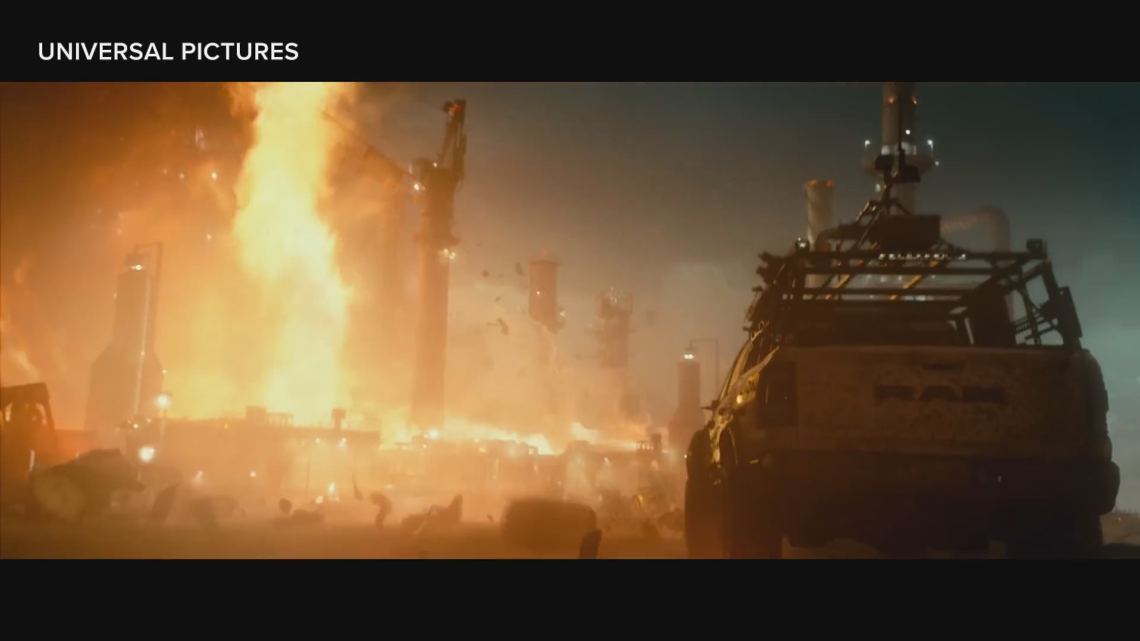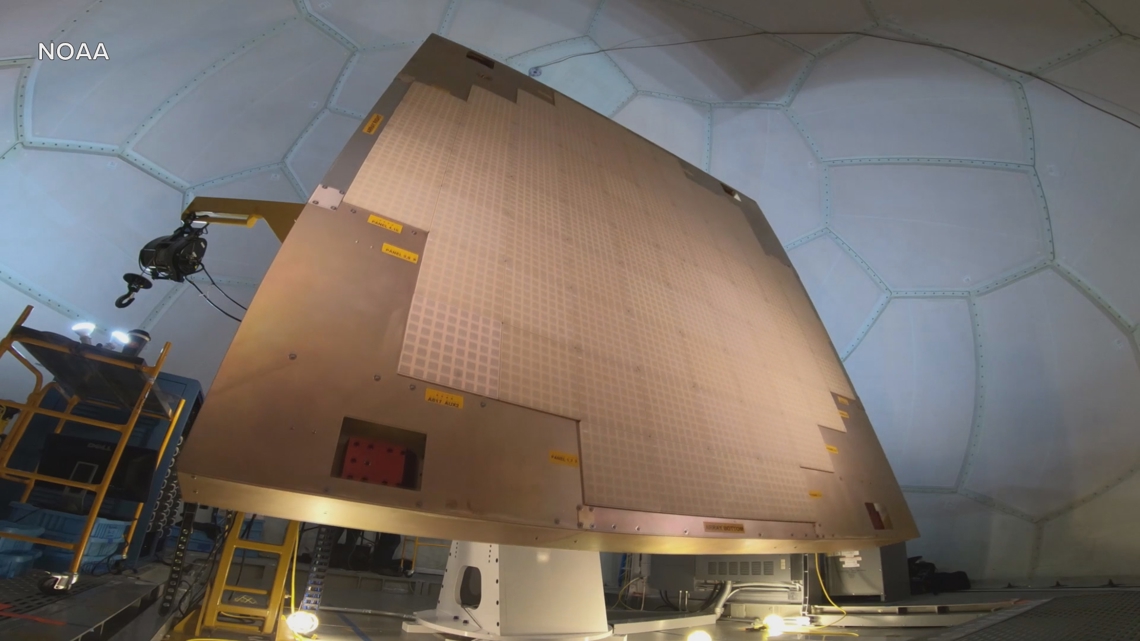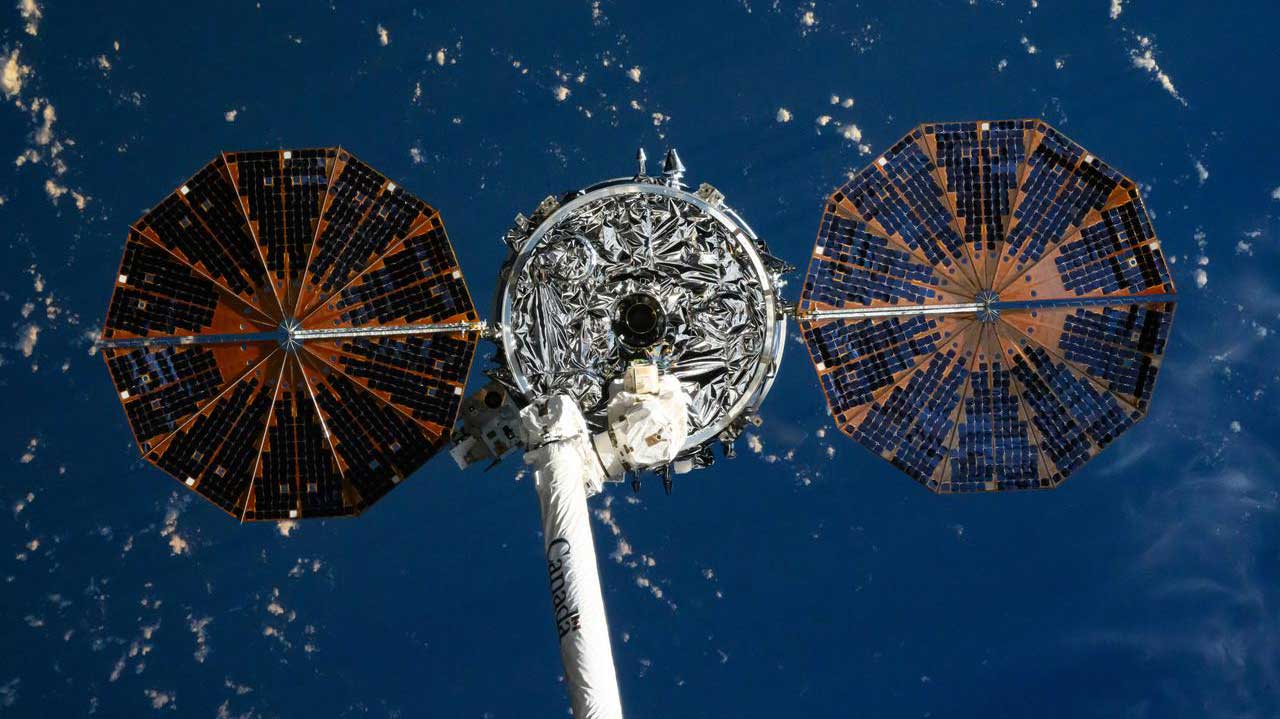“Twisters” has been blowing fans away at the box office, but how much of the movie is based on weather fact versus weather fiction?
COLUMBUS, Ohio – There is no question of the box office success of the new movie “The twisters“The long-awaited remake of the 1996 film that starred Bill Paxton and Helen Hunt. Although this film brings a new film and a new story, in just two weeks it made more than $ 169 million in the US and $66+ million more internationally.
However, if you’ve seen the movie, you might question the science of what you saw on the big screen. We wanted to get to the bottom of these questions, which is why 10 climate expert Michael Behrens contacted National Oceanic and Atmospheric Administration (NOAA) too National Hurricane Laboratory (NSSL) for more answers!
SPOILER ALERT: We’ll discuss the elements of the film below, but hopefully in a way that doesn’t give away any of the film’s big moments. Anyway, if you’ve been lurking this far, I’d go watch the movie and bookmark this page for later! 😉


As early as 1996, “Twisters” introduces us to two groups of weather researchers. One we’ll call the “bad guys” and the other is obviously our “heroes,” in this case wrapped in a healthy dose of southern charm.
The plot leads to a lot of climate-based action, drama and suspense, but does it lead to something that actually makes scientific sense in the real world? That depends on which group of meteorologists you follow.
Without revealing too much information, the good guys are out to fight hurricanes for the good of all, while the bad guys are out to collect data-changing research, but are backed by other dark agendas. The science project is twisted here, the work the bad guys are doing is more real than the two options!
While the general scientific consensus on the good guys’ strategy is questionable at best, the bad guys enter the film with a piece of technology called Phased Array Radar, or PAR. This is a type of radar that uses small fixed antennas instead of a large rotating dish. More importantly, this technology is currently being tested and could be the future of weather radar for decades to come.


Back now at NSSL, we spoke with the Director of Radar Research and Development, Larry Hopper, about what this new radar technology has to offer.
Larry said, “Phased array radar, or PAR, as you may have heard it called in the movie, is a technology that has been around for decades for military applications, and for tracking aircraft and other targets. . It’s something we’ve been working on here at the Severe Storms Laboratory since the early 2000s.”
He continued, “PARs have 1000s of individual components on a flat antenna that move the beam electronically, rather than mechanically, like what you see in conventional dish radars. currently used in the country’s existing radar network.”
That sounds cool and futuristic, but what are the benefits of these radars? When asked about this Larry said, “In terms of what PAR can provide from a volumetric, fixed or scan perspective,[collecting new radar data for display] we can generally do that now anywhere from 60 to 90 seconds, whereas the existing radar network can be anywhere between four to seven minutes, depending on strategy used to evaluate.”
That’s a seven-fold improvement at best, and nearly triple at best. This could mean faster weather warnings, more accurate weather warnings, fewer false alarms and detection of previously unseen hurricanes.
Larry continued, “It can really help to give earlier warnings, it can give better confidence in the warnings that you give, especially for short-term storms and things that might called quasi-linear convective systems we get small, very fast tornadoes that may only last a minute or two, but if they continue to occur several times over the course of several hours, that It can give you more confidence in those low warnings.
As for other “Twisters” techniques Movie Larry says, “I think about the actual process of coming up with a research question or a hypothesis and testing it, and in this case I try it many times, and maybe there are failures, and then I have to repeating those ideas and presenting a new way of doing things, a scientific method that I think is completely visible.”
You can listen to our full discussion about the future of radar and science The twisters below.
When it comes to this new technology, we are not looking at any final decisions being made until around the 2030s and deployment in the 2040s. As for “Twisters,” you can find it in theaters now!
— Meteorologist Michael Behrens
Follow me on social media! Facebook Meteorologist Michael BehrensX/Twitter @MikeBehrensWXand Instagram/Threads @MikeBehrensWX.
Email me at: MBehrens@10tv.com
#Comparing #movie #Twisters #real #world #climate #science



